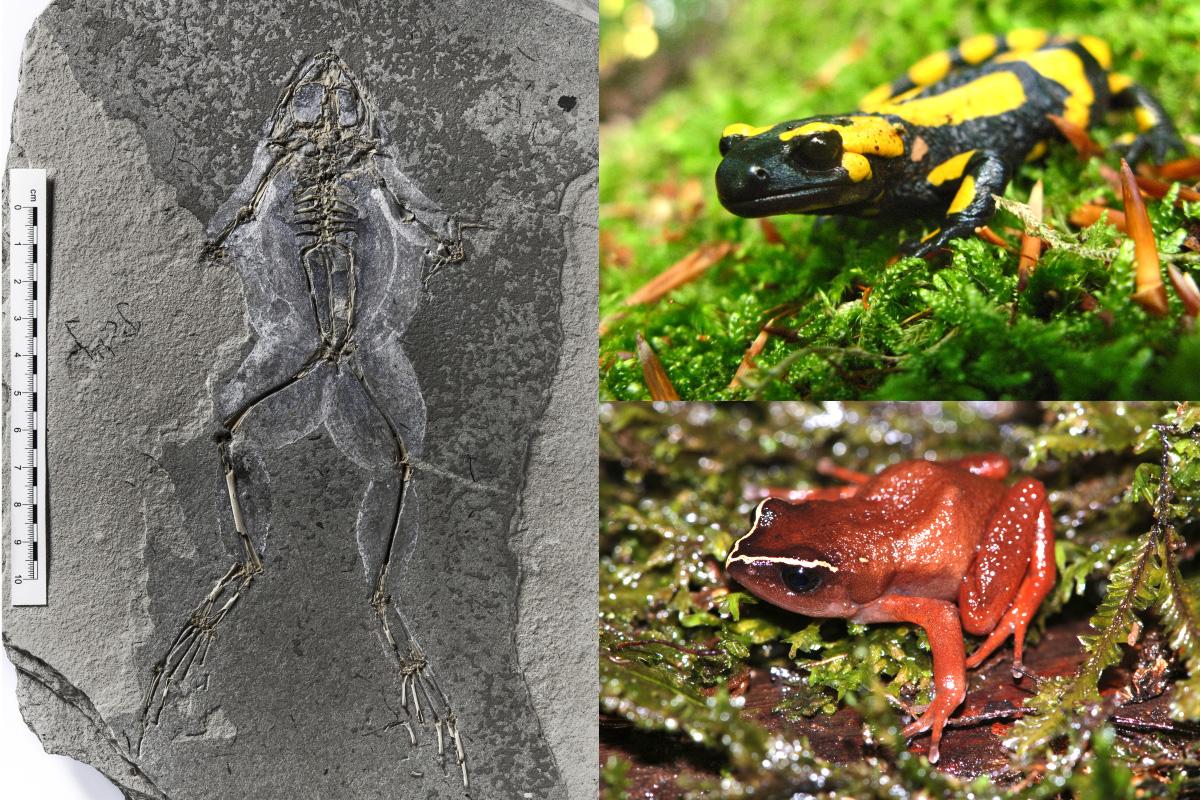Overview
The research on factors influencing extinction risk of species remains of great interest. One of the problems however is the observation of extinction events, which would validate the initial assessment of a species extinction risk. The fossil record offers the opportunity to observe a species lifetime until its extinction, while as well conserving several traits of these species. The potential to use this record to learn about the influence on extinction risk of certain traits has been recognized by several publications, but rarely put into practice.
This dissertation project aims at connecting paleontological with neontological data to improve knowledge on extinction risk factors of amphibians.
Questions
- Amphibian species utilizing streams have an on average higher extinction risk than species from standing water bodies. Do we observe the same pattern in the fossil record?
- Using an exclusively fossil calibrated model, what are the predicted extinction risks of living species?
- Is there a temporal pattern in certain amphibian traits in the fossil record that correlates with climatic changes?
Methodology
We use databases like the Paleobiology Database and the IUCN Red List as well as the literature to collect data on fossil and living amphibian species. Data includes lithological, geographical and trait information, like habitat or body size. Besides standard quantitative analysis, modelling of extinction risk includes generalized boosted modelling (GBM). Climate data is extracted from oxygen isotope data publications.
Selected publications
Tietje, M. and Rödel, M.O. (2018), Evaluating the predicted extinction risk of living amphibian species with the fossil record. Ecol Lett. doi:10.1111/ele.13080
Contradicting habitat type-extinction risk relationships between living and fossil amphibians. Melanie Tietje, Mark-Oliver Rödel. R. Soc. open sci. 2017 4 170051; DOI: 10.1098/rsos.170051. Published 10 May 2017.
